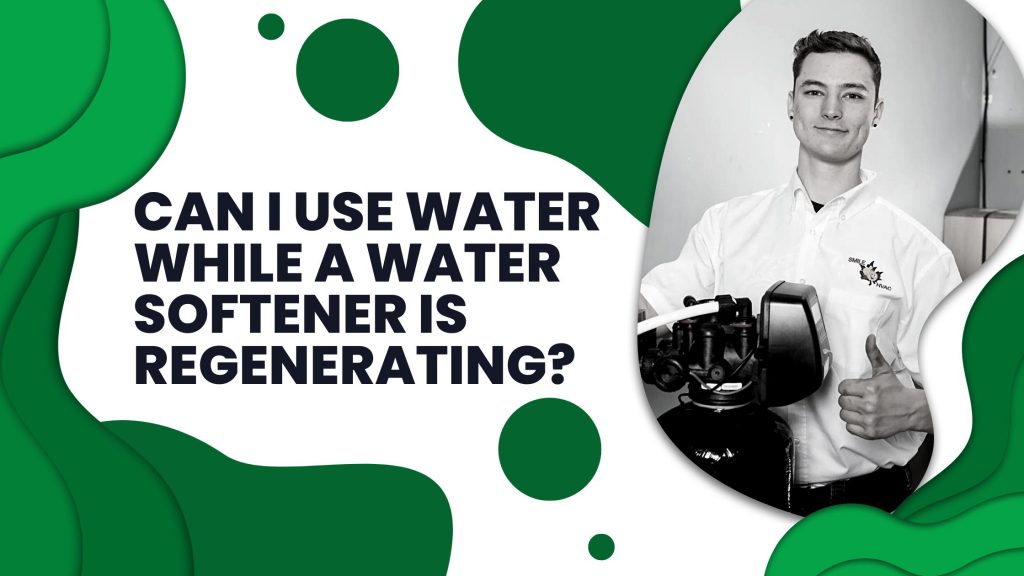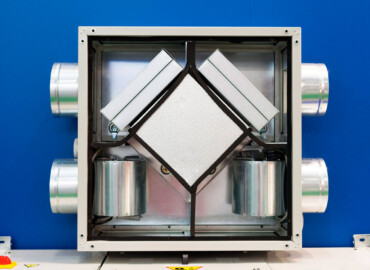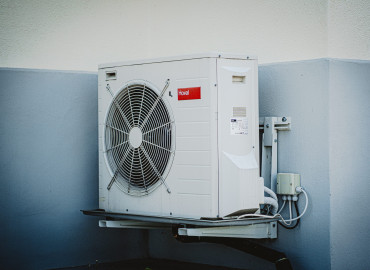Can I Use Water While a Water Softener is Regenerating?
Water softeners play a crucial role in maintaining the quality of our household water by stripping it of unwanted minerals such as calcium and magnesium, which are responsible for water hardness. However, the question many homeowners ask is, can I utilize water while my water softener is undergoing regeneration? Let’s explore this topic in depth to provide you with a comprehensive answer.
Understanding the Water Softening Process
Before we delve into the main topic, it’s important to understand how a water softener works. At the heart of this system lies a process known as “ion exchange”.
Ion exchange is a chemical reaction where unwanted minerals in water (calcium and magnesium) are replaced with sodium ions. This process transpires within the mineral tank of the water softener, which is filled with small plastic beads charged with sodium ions. These beads attract calcium and magnesium, effectively removing them from the water. Over time, these beads become saturated with hard minerals and must be recharged.
The Regeneration Cycle
The process of recharging the resin beads is known as the regeneration cycle. This cycle comprises three main stages:
- Backwash Phase: The water flow is reversed to flush out dirt from the tank.
- Recharge Phase: The tank is filled with a sodium-rich solution from the brine tank, which helps to restore the positive charge of the beads.
- Rinse Phase: The system undergoes a final rinse to remove any excess brine.
The regeneration cycle typically lasts around 2-2.5 hours, and most water softeners are programmed to perform this process during the night when water usage is minimal.
Can I Use Water While the Water Softener is Regenerating?
No, it’s not recommended to use a water softener when it’s regenerating. The regeneration cycle for water softeners is usually about 2-2.5 hours depending on the model, brand, and capacity. During this time many manufacturers don’t recommend using your water softener because in this case, the hard water will be going through pipes and potentially can stay in the water heater for a long time.
If you happen to use water during the regeneration process, it is important to note that the water you draw from the system will be hard. This is because the water softener automatically switches to a bypass mode during regeneration, allowing the hard water to flow directly into your home’s water supply.
Using water while the softener is regenerating is not recommended for several reasons:
- Hard Water Influx: Any water usage during this period will bring hard water into your home’s plumbing system. This can lead to mineral build-up in your pipes and fixtures and could potentially remain in your water heater for an extended period.
- Reduced Water Pressure: Using water during the regeneration process can cause a noticeable drop in water pressure. This is particularly evident during activities that require a substantial amount of water, such as showering.
- Adverse Effects on Appliances: Drawing hard water into your appliances can lead to scale build-up, reducing their efficiency and potentially shortening their lifespan.
Despite these potential issues, using a small amount of water (e.g., for hand washing or flushing the toilet) during regeneration should not cause significant problems. However, heavy water usage is best avoided until the completion of the regeneration cycle.
Maintaining the Efficiency of Your Water Softener
Maintenance plays a crucial role in ensuring the longevity and efficiency of your water softener. Here are a few key aspects to consider:
- Salt Levels: Regularly monitor the salt levels in your brine tank. If the salt level falls below the halfway mark, it’s time to add more. Be sure to use only high-quality salt pellets designed for water softeners.
- Salt Bridges: Over time, a hard crust, known as a salt bridge, may form in the brine tank. This can prevent the salt from dissolving in the water, thereby hampering the softening process. If you notice a salt bridge, gently break it up using a broom handle or similar tool.
- Regeneration Frequency: The frequency of regeneration depends on the hardness of your water and the amount consumed by your household. Most modern water softeners are demand-based, meaning they regenerate as per your water usage.
The Importance of an Efficient Water Softener Regeneration Process
An efficient water softener regeneration process is vital for several reasons. First, it ensures that your water softener continues to produce soft water, enhancing the quality of your water. Second, it reduces the frequency of regeneration, minimizing water usage.
Moreover, an efficient regeneration process can prolong the lifespan of your water softener. Regular and efficient regeneration prevents the buildup of hardness ions on the resin bed, which can damage the water softener over time. Therefore, an efficient regeneration process is not just beneficial for water conservation, but it’s also crucial for the longevity of your water softener.
The Environmental Impact of Water Softener Regeneration
While water softeners are beneficial for mitigating the effects of hard water, their operation, particularly the regeneration process, has an environmental impact. The most obvious impact is the significant water usage during regeneration. This can contribute to water scarcity, particularly in areas where water is already a limited resource.
Moreover, the brine discharged during regeneration can hurt the environment. The high concentration of salt in the brine can harm aquatic life if discharged into water bodies. Therefore, it’s vital to consider the environmental implications of water softener regeneration and strive for more sustainable practices.
Conclusion
Can I use water while my softener is regenerating? No, it is not recommended to use water during water softener regeneration. Water can be used during the regeneration process, but the water drawn from the tank will be hard. The best thing to do is to wait for it to finish the process. The regeneration process takes about ninety minutes to two hours.
A lot of water is used during the process. The resurgence in some systems depends on the amount of water being used by your household. If the water being used is a lot, then the system will often regenerate to avoid being interrupted. Most water softeners that are demand-based regenerate weekly or biweekly.




